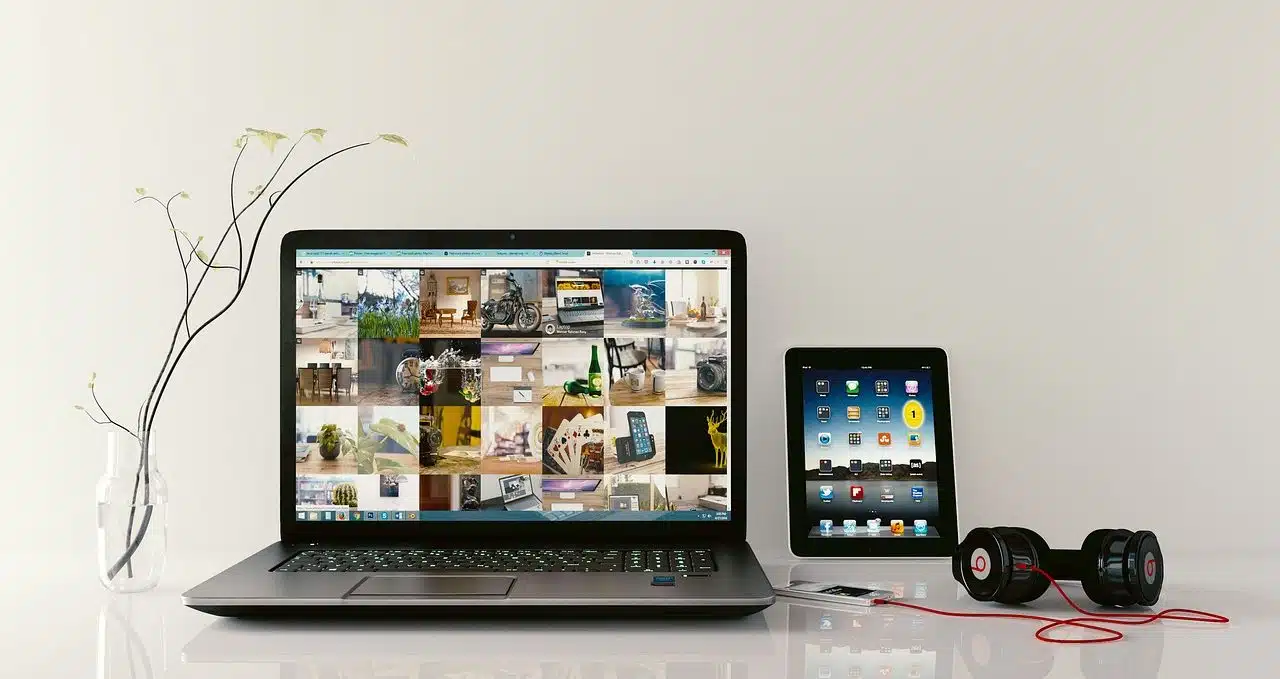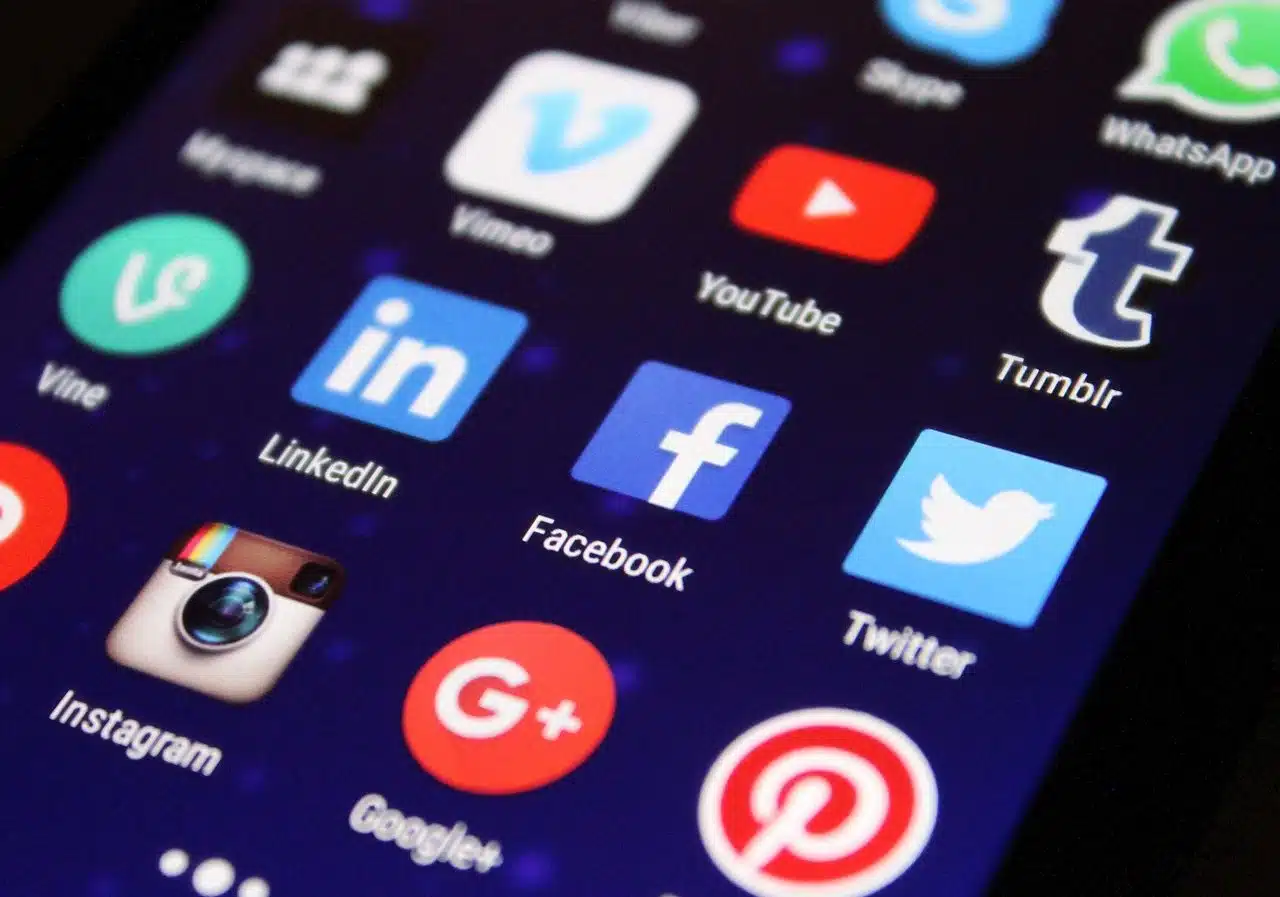
In computing, a shortcut is an icon that allows you to open a certain file.
A shortcut is an icon that, in the Microsoft Windows operating system, allows you to access a certain file or file. It can be said that shortcuts are files that contain data about the location of a document or a program: when the user makes one or two clicks on the icon , they access the material that it refers to.
It is important to indicate that the notion of access , coming from the Latin word accessus , refers to the act of approaching something or reaching it. Direct , on the other hand, is that which moves towards a place without stopping in intermediate sectors or that advances straight towards an objective.
How a shortcut works
To understand how a shortcut works, you have to keep in mind that a document can be saved in a folder that, in turn, is inside other folders.
Suppose that a person, when turning on his computer , finds himself on the Windows desktop and wants to open a text document that he has saved in a folder . The subject must successively enter the folders My Documents , Office Documents , Suppliers and, finally, Supplies . Only in this last folder ( Supplies ) is the document you want to open located. To save time and save several steps, you can create a shortcut to the text document in question on your desktop. This way, the next time you want to access the document from the Windows desktop, you can do so with one or two clicks, depending on your settings.
It is worth mentioning that, although we usually associate the concept of shortcut with the Windows operating system , it exists in most, if not all, although it receives different names for legal reasons or to prevent the public from confusing the products.

There are also shortcuts on phones.
An automation of steps
It is important to understand that direct access is nothing more than an automation of the steps that the user should carry out to access their documents ; That is, they are still in the same place where they were saved, and the computer must go look for them following the same path that the person would do.
Because the operating system performs the process of opening directories and scanning disks very quickly and without showing each step to the user, many people come to believe that the shortcut is a copy of the file it points to; Needless to say, this is not correct, regardless of the particular way each system manages its information to optimize searching and opening files.
Shortcuts on phones, tablets and consoles
Nowadays, with the rise of mobile phones and tablets , the concept of shortcut travels with us everywhere and we constantly take advantage of it to save time when opening our applications, our photos and our favorite songs, among others. items.
Modern video game consoles also have operating systems of relative complexity, since devices that were limited to running the game that the user connected were left behind, giving rise to real computers, capable of browsing the Internet, downloading digital titles, playing movies through various services, chat with our contact list, view our personal photos and even capture video of our games and then share them with other players. To run digital games or applications, you also need shortcuts.
The term in colloquial language
In colloquial language, the concept of shortcut is used with reference to the possibility of avoiding various steps until reaching a goal or objective,
“Stay calm, I'll solve your problem: I have direct access to the mayor” is an expression that shows this use.
